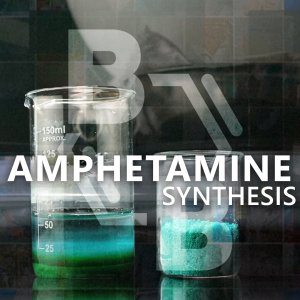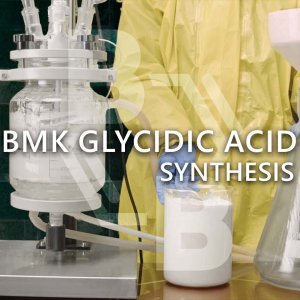You are using an out of date browser. It may not display this or other websites correctly.
You should upgrade or use an alternative browser.
You should upgrade or use an alternative browser.
Amphetamine synthesis via NaBH4 reductive amination from P2NP.
https://bbgate.com/threads/one-pot-amphetamine-synthesis-from-p2np-with-nabh4-cucl2-1kg-scale.70/
https://bbgate.com/threads/one-pot-amphetamine-synthesis-from-p2np-with-nabh4-cucl2-1kg-scale.70/
About Us
Our team brings together the best specialists from different fields.
We are ready to share our experience, discuss difficult issues and find new solutions.
Mirror Links
Help Pages
Follow us
Popular Tags
-
NEW VIDEO
MDA Synthesis. Part 1 of 3.







